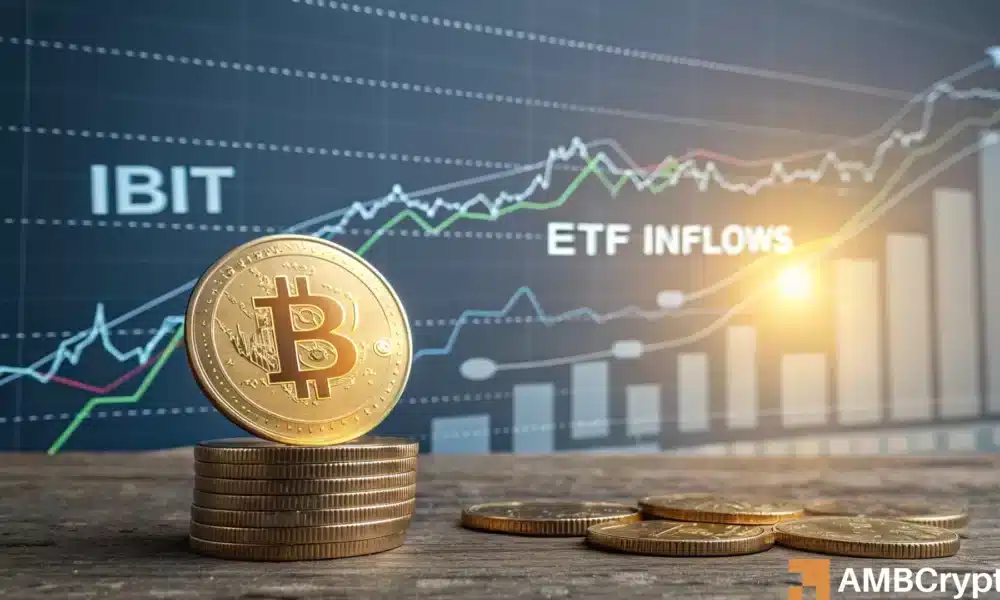Galaxy Research has proposed a new Solana voting system proposal called Multiple Election Stake-Weight Aggregation (MESA) to reduce SOL’s inflation rate. The firm said the proposal recommends a market-driven approach to deciding which annual deflation rate will be adopted in the future rather than relying on individual proposals.
The company said MESA also suggests an innovative approach to deciding the future of the SOL emissions curve by allowing validators to vote on multiple deflation rates and settling on the aggregate as the outcome.
The firm also acknowledged that the new proposal should not be confused with a market-driven curve, as detailed in SIMD-228, the previous Solana voting system proposal. SIMD-228 sparked significant SOL community engagement, which appeared to agree that Solana inflation and security overpayment should be reduced.
Galaxy Research proposes a new Solana voting system
We just introduced a new Solana proposal called Multiple Election Stake-Weight Aggregation (MESA) to reduce SOL inflation: a more market-based approach to agreeing on the rate of future SOL emissions.https://t.co/mcVdkRiM8y
— Galaxy Research (@glxyresearch) April 17, 2025
Crypto research firm Galaxy Research has proposed a new voting system that decides the outcome of future Solana inflation after the failure of a previous vote. The company introduced a Solana proposal on April 17 called Multiple election Stake-Weight Aggregation (MESA) to mitigate the inflation of SOL.
Galaxy Research referred to the new voting system as a “more market-based approach to agreeing on the rate of future SOL emissions.” The firm noted that MESA will allow validators to vote on multiple deflation rates and will use the weighted average as the outcome rather than using traditional yes/no voting for inflation rates.
“Instead of cycling through inflation reduction proposals until one passes, what if validators could allocate their votes to one or many changes, with the aggregate of ‘yes’ outcomes becoming the adopted emissions curve?”
The crypto research firm acknowledged its new voting system stemmed from a previous proposal (SIMD-228). The company said the previous concept showed community agreements that SOL inflation should be reduced, but the voting system couldn’t find consensus on specific parameters. The firm also highlighted that SIMD-228 proposed to change Solana’s inflation system from a fixed schedule to a dynamic, market-based model.
MESA suggests maintaining SOL’s inflation at 1.5%
Galaxy Research’s new proposal suggests maintaining Solana’s fixed terminal inflation rate at 1.5%. The firm argued that the fixed rate will provide multiple outcomes that create multiple ‘yes’ voting options with different deflation rates from which an average is aggregated once a quorum is reached.
The crypto company suggested that if 5% vote for no change, remaining at 15% deflation, 50% vote for a 30% deflation rate, and 45% vote for 33%, the new deflation rate would be calculated as the aggregate at 30.6%. The firm maintained that the target is to reach the terminal rate of 1.5% supply inflation.
The crypto firm noted that the chart shows how quickly SOL’s inflation curve could reach the 1.5% terminal rate based on a spectrum of updated deflation rates, which are measured in epochs. The company argued that if the deflation rate is left unchanged at 15%, the terminal rate will be reached around epoch 2,135, which is 1,362 epochs after epoch 772, or ~7.4 epoch years.
Galaxy Research noted that the benefits of MESA are that it will be a more market-driven system that allows validators to express preferences along a spectrum rather than with binary choices while maintaining predictability with a fixed inflation curve.
The firm argued that it seeks to suggest a genuinely alternative process “to achieving what we believe is the community’s broad goal, and not necessarily prescribe any particular inflation rate outcome.”
Solana Compass suggests that supply inflation begins at 8% annually under the current mechanism, which decreases by 15% per year until it reaches 1.5%. The analytics firm also noted that Solana’s current inflation rate is 4.6%, and 64.7% of the total supply, or 387 million SOL, is currently staked.
Cryptopolitan Academy: Want to grow your money in 2025? Learn how to do it with DeFi in our upcoming webclass. Save Your Spot
















No comments yet